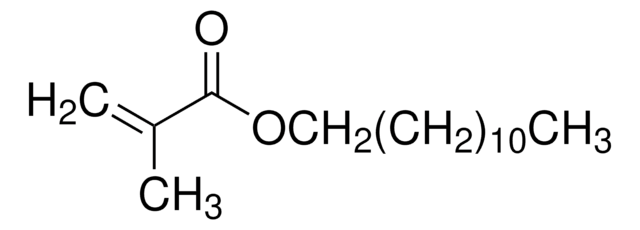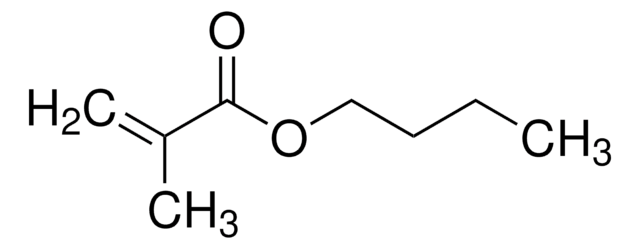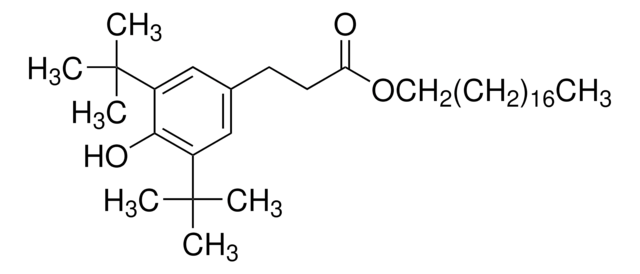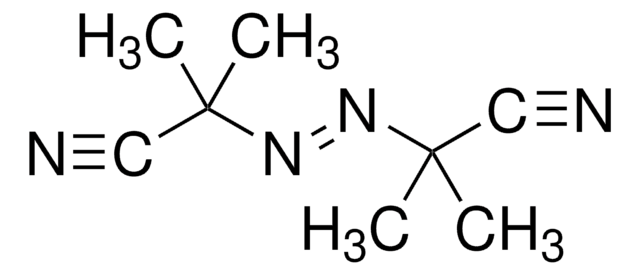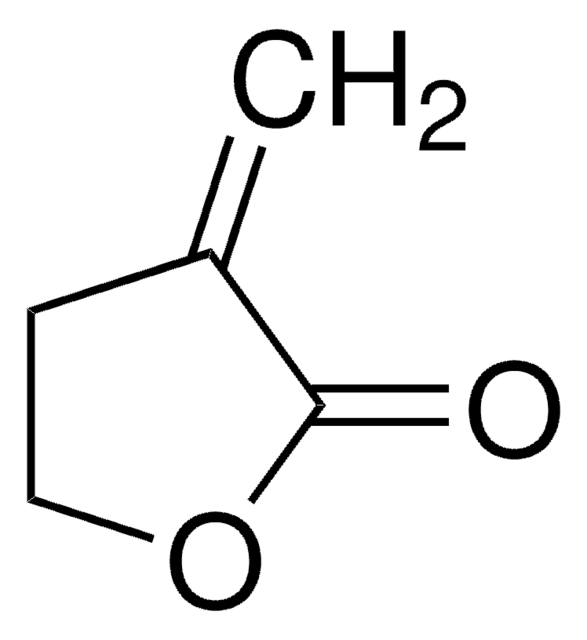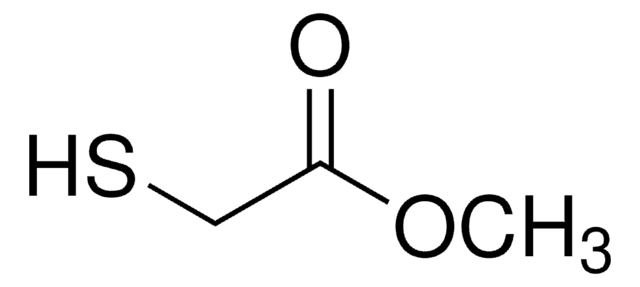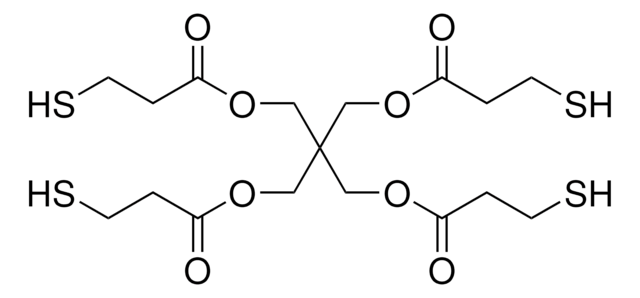88670
2-Ethylhexyl thioglycolate
≥95.0% (GC)
Synonym(s):
2-EHTG
About This Item
Recommended Products
Quality Level
Assay
≥95.0% (GC)
form
liquid
refractive index
n20/D 1.461
bp
255-260 °C (lit.)
density
0.972 g/mL at 20 °C (lit.)
functional group
ester
thiol
SMILES string
CCCCC(CC)COC(=O)CS
InChI
1S/C10H20O2S/c1-3-5-6-9(4-2)7-12-10(11)8-13/h9,13H,3-8H2,1-2H3
InChI key
OWHSTLLOZWTNTQ-UHFFFAOYSA-N
Looking for similar products? Visit Product Comparison Guide
Application
- In the selective extraction of indium(III) and gallium(III).
- As a reagent in the synthesis of conjugated polymers based on thienoquinoidal building block.
Signal Word
Warning
Hazard Statements
Precautionary Statements
Hazard Classifications
Acute Tox. 4 Oral - Aquatic Acute 1 - Aquatic Chronic 1 - Skin Sens. 1
Storage Class Code
10 - Combustible liquids
WGK
WGK 3
Flash Point(F)
243.5 °F - Pensky-Martens closed cup
Flash Point(C)
117.5 °C - Pensky-Martens closed cup
Personal Protective Equipment
Choose from one of the most recent versions:
Already Own This Product?
Find documentation for the products that you have recently purchased in the Document Library.
Customers Also Viewed
Our team of scientists has experience in all areas of research including Life Science, Material Science, Chemical Synthesis, Chromatography, Analytical and many others.
Contact Technical Service

